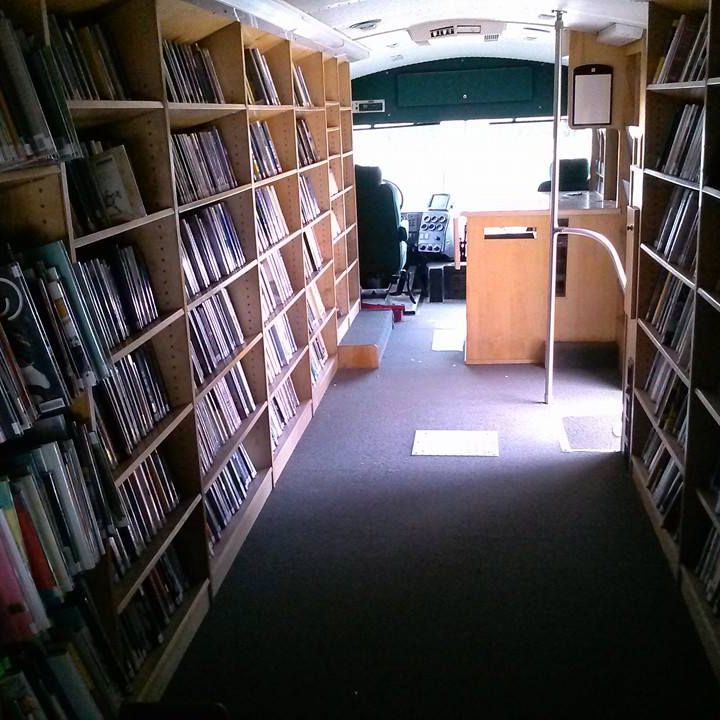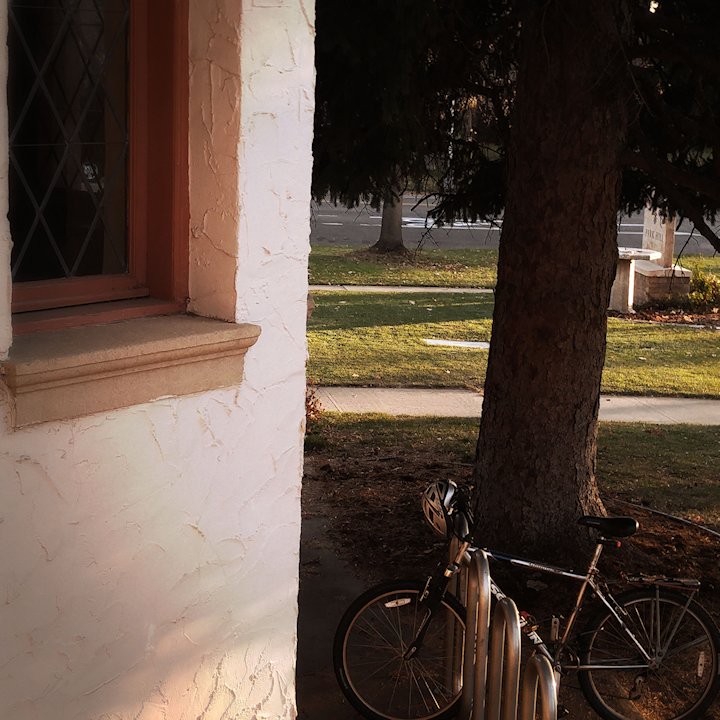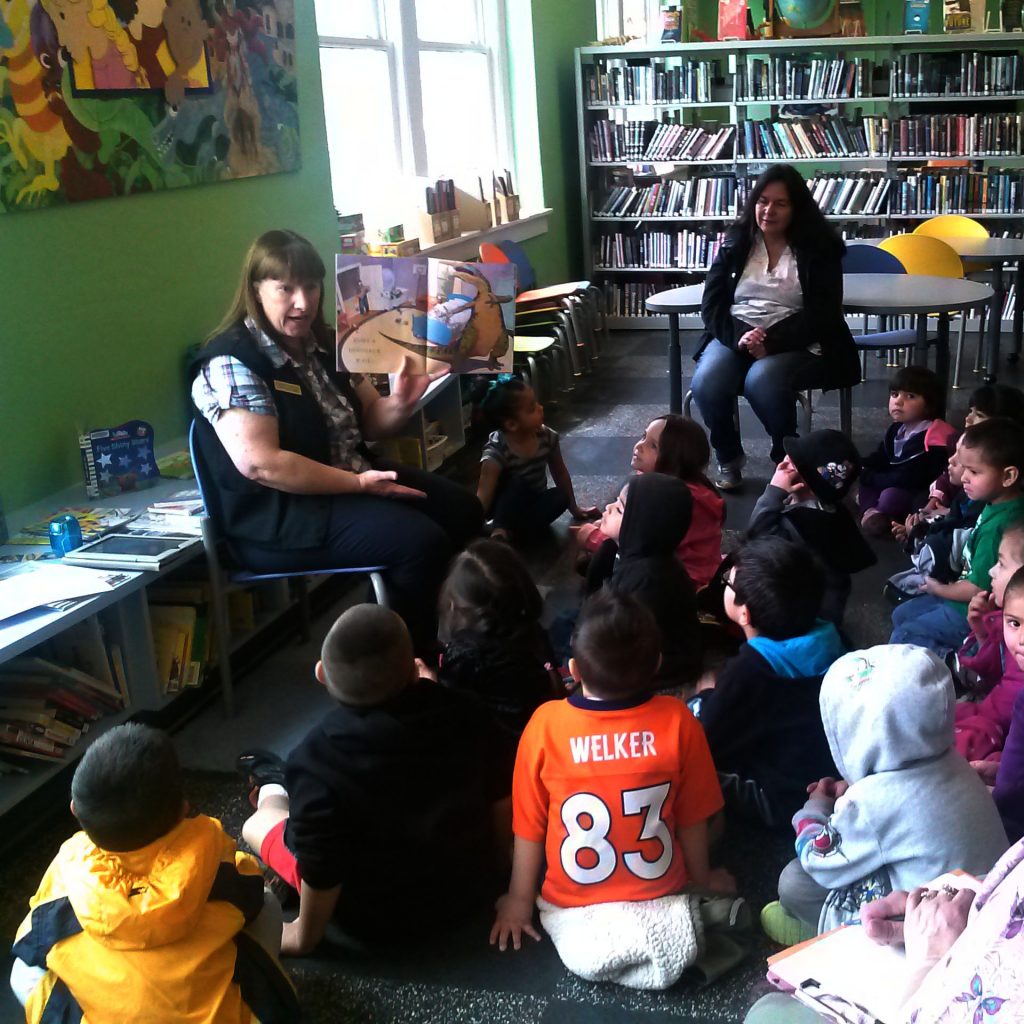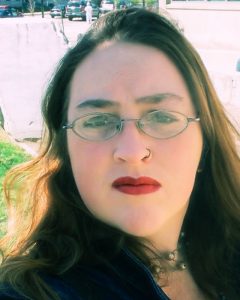Love makes a community
When I lived in Seattle right after library school I was an AmeriCorps volunteer at Seattle Public Library and helped start the Wired for Learning program which taught tech skills to folks who needed them. In Seattle that was mostly low income folks, new immigrants and people with cognitive or physical disabilities.
My feeling was that I’d do that for a few years, then everyone would have learned the stuff and then we could move on to more sophisticated topics […] Then I moved to the east coast which was a bit behind the west coast and to Vermont specifically which is in what I call a tech shadow [“offline and proud of it”] and to this day I’m still teaching “my first email” classes. I am not complaining, I love this work, but the sort of people who need a “my first email” class are different than they were, and the sort of other tech questions people have are different than they used to be.
– Jessamyn West, 21st Century Digital Divide
This quote really struck me.
In this week’s reading, there were some truly beautiful, innovative, engaging, resource-intensive spaces and service concepts that are inspiring and exciting and thought-provoking but don’t really speak to my experience, and also some elegantly simple, deeply compassionate, hyperlocal exemplars that really, really do. And I think – hey, if we ever have a chance to work in an Oak Park or an Anythink or a TrioTretton and participate directly in a convergence of opportunity and vision that has a fundamental, tectonic impact on how the profession views itself and what’s possible in libraries we should totally do it, but the reality is that most of us, for most of our careers, are going to work in organizations that are small, understaffed, underbudgeted, beholden to higher authorities outside the library profession, enmeshed in institutional culture that has developed over time and is inherently resistant to transformation, and trying to serve many differing, often conflicting, and sometimes outright mutually irreconcilable needs of diverse communities as best we can. And that reality can be daunting, but it’s what we signed up for.
So how do we turn challenges into opportunities? By loving the one we’re with.
I think this is easy to lose sight of. I know I have, at times. Fourteen months ago, I left my job of twelve years at a small rural library – and for the last five years, my partner (later fiance) and I were two-thirds of the senior management team. (He was the assistant director and sysadmin; I was the entire tech services department and also circ shift supervisor.) That library and that community was just a huge part of my life for a very long time. I raised my kids there, I literally wrote my undergraduate capstone project on community development, I served on tourism and economic development boards and the LiveWell committee and various other groups. By the time I left, I was pretty burned out. This week I’ve been working on my performance review at the end of my first year at a very different library, and reflecting on both of these places, and now, with a little emotional distance from it, I’m remembering everything I learned in that first job and what lessons from it I’ve brought into my new job, and what I keep coming back to is love.
I said in the last reflection post that “[w]e are our patrons. We are in the community” and I want to focus on that statement and dig into it a little more.
little libraries practicing hyperlocality



What do I mean when I say “love the one we’re with”?
We start with awareness. We can’t serve a community we don’t know. I don’t think it’s necessary to live in the communities where we work – I don’t, currently, though I did for a long time – but we need to be knowledgeable and conversant, we need to be paying attention, we need to ask nuanced questions.
I’m talking about little things – “where’s the nearest mailbox/ATM/Starbucks?” which are questions we catch all the time, and timely things – “what’s happening at the park next door this weekend? What happened at the board meeting where the school district was supposed to talk about cutting gifted & talented programs?” and the things that are big and scary and desperately important on a personal scale – “can you help me figure out how to get to the homeless shelter in the next town where I have a bed for the night?” and on a community scale – “what does sanctuary city status mean? What impact does it have? If we lose that federal funding, what does that actually mean for us?” And a lot of these question can be answered with a thirty-second Google search, but there’s a qualitative difference between that and knowing this stuff off the cuff because we’ve already taken the time to learn it, and what the difference conveys to patrons is competence.
From awareness comes engagement. We reach out. We take an active interest. We use local businesses, we walk around the neighborhood a little, we participate in community groups, we read the local paper and follow the local social media outlets, we have conversations with people that don’t necessarily relate directly to library services and we speak with authority and competence and we listen with humility, and when we get to that point we start hearing things we wouldn’t otherwise, partly because we’re in the right place at the right time (and you’ve got to get out of the building and out of formal stakeholder contexts sometimes for that to happen) and partly because we are building trust.
From engagement comes a pragmatic, holistic, and well-balanced understanding of the community, and that takes time, and it can’t be only one person or one small group of people. And this is where I’ve seen library administrations really struggle with community engagement: either – one one hand – misapplying lessons and ideas from other places, shoehorning premixed solutions into superficially similar problems because they do not have a sufficiently comprehensive understanding of their actual patrons and stakeholders, or – on the other hand – getting bogged down and discouraged by perceived limitations, falling into that’ll-never-work-here and we’ve-always-done-it-that-way thinking. They get hung up on high performance on standardized metrics while complaining about how those performance benchmarks are unattainable instead of interrogating how those metrics are (and aren’t) locally relevant. They assign one person or one small team – or hire an outside team – to do a needs assessment, and get a view from a certain angle, and run a marketing campaign to explain to the public how they’re going to do this thing, and here, look at the data on the impact of this type of initiative in other communities, and then when early excitement and positive response dies off quickly or fails to generate at all, they might never try anything ambitious again.
There’s a middle path.
There’s a difference between imposing an idea of what we think a community should be and imagining what it could be within the framework of seeing and appreciating and accepting it as it is with humour and affectionate pragmatism, and the latter requires respect for histories and identities and the reality of the lived experience of people whose narratives are not necessarily the narratives we identify with, and how all of those things intersect.
More voices at the table mean an enriched and varied lived experience, inside and outside the institution. A robust and engaged staff that participates in a wide variety of different subsets of the community will, if they trust the leadership, if they feel like they have a voice, will bring their own stories and the stories of their neighbors and the patrons they interact with and the people and institutions and values they care about into the dialogue, and they will go out of their way to connect people who need to be talking to each other, and they will go out into the community and be enthusiastic, empowered library ambassadors in ways that one outreach librarian can never be.
To conceive of ambitious and transformative projects that will gain buy-in because they’re relevant and valuable, to build that buy-in over time, to invite dialogue in a way that makes people believe we mean it, to bring a genuine sense of affection and concern to formal planning and informal exchange of ideas, to let go of what isn’t working and learn from it, to take pride in our accomplishments and also take joy in the accomplishments that aren’t ours, to be responsive and compassionate in times of crisis (and at all times), to know and choose which hill to die on, all of that takes time and work and individual and institutional commitment and is ongoing and incremental and it takes a desire to do that work grounded in affection and investment, which is basically fundamental relationship-building.
Formal tools like needs assessments and strategic plans and advocacy partnerships and (digital and traditional) marketing campaigns are absolutely necessary, and they’re absolutely not sufficient. They are most useful in a context of and on a foundation of caring. We are information professionals, and gathering and synthesizing information is part of our expertise, but love tells us what to do with that information.
References
Canavesio, V. (2009). Biblioburro – the donkey library.
Casden, J., Nutt, M., Lown, C., & Davidson, B. (2013). My #HuntLibrary: Using Instagram to crowdsource the story of a new library.
Havens, A. (2013). From community to technology…and back again: Part 1.
Kim, S. (2014). …and the kitchen sink.
Long, A. Galston, C. Kelsen Huber, E. and Johnson, K. (2012). Community reference: Making libraries indispensable in a new way.
Oak Park Public Library (2017). The Idea Box.
Oak Park Public Library. (n.d.). IdeaBox Collections.
Pewrainangi, S. (2014). A beautiful obsession.
Stolls, A. (2015). The Healing power of libraries.
Schmidt, A. (2016). Asking the Right Questions.
Warnick, M. (2016). This is where you belong: The art and science of loving the place you live. New York: Viking.
West, J. (2014). 21st century digital divide.
* * * * *
 Beth Harper is a public services paralibrarian living in historic central Denver and working in the western foothills under the shadow of the Front Range, and an MLIS student at San Jose State University. As Elizabeth Biehl, she writes on SF/F literature and community, art and culture, and occasionally librarianship at www.edgeofcenter.com.
Beth Harper is a public services paralibrarian living in historic central Denver and working in the western foothills under the shadow of the Front Range, and an MLIS student at San Jose State University. As Elizabeth Biehl, she writes on SF/F literature and community, art and culture, and occasionally librarianship at www.edgeofcenter.com.
